Introduction
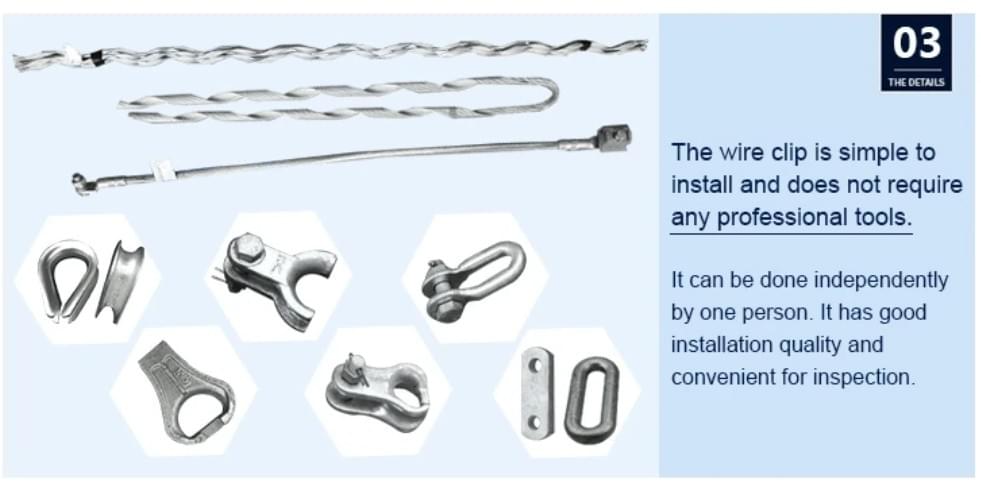
In the world of electrical engineering, understanding the components that ensure the integrity and safety of power lines is crucial. Among these components, the 230 kV aluminum bolted dead end clamps play a vital role in securing conductors and maintaining tension in overhead power systems. This introduction will delve into what a dead-end clamp is, its functionality as a dead end strain clamp, and the importance of quality in electrical accessories.
Understanding 230 kV Aluminum Bolted Dead End Clamps
So, what is a dead-end clamp? Essentially, it’s a specialized device designed to anchor electrical conductors at their termination points. The 230 kV aluminum bolted dead end clamps are particularly engineered for high-voltage applications, ensuring that cables remain securely fastened even under extreme conditions.
These clamps are not just about keeping things together; they also help manage the stress and strain placed on overhead lines due to environmental factors like wind and ice accumulation. By effectively distributing these forces, they minimize wear and tear on both the conductor and supporting structures. Thus, understanding these clamps is essential for anyone involved in power line installation or maintenance.
The Role of Dead End Strain Clamps in Power Lines
Dead end strain clamps serve an indispensable function in power lines by providing stability where conductors change direction or terminate. What is a strain clamp? It’s similar to a dead-end clamp but focuses more on managing tension along the length of a conductor rather than just securing its ends. These devices work together seamlessly to ensure that electrical transmission remains efficient and safe.
The strategic placement of dead end strain clamps helps prevent sagging or excessive movement caused by external forces like wind or seismic activity. Without them, power lines could face serious structural issues leading to outages or even catastrophic failures. Therefore, their role cannot be overstated when considering the overall reliability of electrical infrastructure.
Importance of Quality in Electrical Accessories
How much is a dead end clamp? While prices can vary based on brand and specifications, investing in high-quality products can save you money in repairs and replacements down the line. Inferior materials may lead to premature wear or failure—something no one wants when dealing with high-voltage equipment.
Choosing reputable brands ensures that you receive durable products designed to withstand harsh conditions while maintaining performance standards. The consequences of using inferior products can be dire; from increased maintenance costs to safety hazards for workers handling live wires—quality truly matters!
What is a Dead-End Clamp?
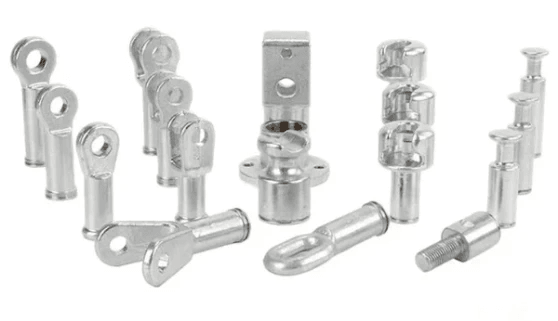
One such component is the dead-end clamp, a pivotal accessory used in electrical installations. But what exactly is a dead-end clamp? It’s designed to anchor conductors at the end of a line, ensuring stability and safety in high-voltage environments.
Definition and Purpose of Dead-End Clamps
A dead-end clamp serves as a critical junction point where power lines come to an end or change direction. Its primary purpose is to hold the conductor securely while resisting tension forces that could cause sagging or failure. Essentially, when you ask, What is a dead-end clamp? think of it as the unsung hero of electrical infrastructure—keeping everything in place and preventing accidents.
Types of Dead-End Clamps in Use
There are various types of dead-end clamps available on the market, each tailored for specific applications and conductor sizes. Common types include bolted clamps, which are favored for their strength and reliability, and compression clamps that offer excellent performance in different weather conditions. Knowing these options can help you determine how much is a dead end clamp based on your specific needs.
Key Features and Specifications
When evaluating a dead-end strain clamp, several key features come into play: material quality, load capacity, and installation ease are among the most important specifications to consider. High-quality clamps are typically made from durable materials like aluminum or steel to withstand harsh conditions while maintaining integrity over time. Additionally, it's essential to check compatibility with your existing equipment; after all, no one wants unexpected surprises when installing their new tension clamps!
The Functionality of Strain Clamps

Strain clamps are essential components in the world of electrical power systems, designed to secure and manage the tension in overhead conductors. They play a pivotal role in ensuring that cables remain stable and do not sag or break under pressure. Understanding strain clamps helps clarify their unique functionality compared to other types of clamps, such as dead end strain clamps.
What is a Strain Clamp?
A strain clamp is a device used to connect overhead conductors to structures like poles or towers while managing the tension within the cable itself. Unlike a dead-end clamp, which is primarily designed to anchor a cable at its termination point, a strain clamp allows for movement along the line while still providing support and stability. This flexibility makes them crucial for maintaining proper alignment and minimizing wear on cables due to environmental factors such as wind or temperature changes.
Differences Between Strain and Dead-End Clamps
While both dead end strain clamps and strain clamps serve important roles in power systems, they have distinct differences that cater to specific needs. A dead-end clamp is designed specifically for terminating cables at their endpoints, effectively holding them in place under high tension without allowing any movement. In contrast, strain clamps allow some freedom of movement along the cable while still securing it to its supporting structure, making them ideal for long spans where flexibility is needed.
Applications of Strain Clamps in Power Systems
Strain clamps find numerous applications across various power systems, from transmission lines to distribution networks. They are commonly used in scenarios where there are long spans between poles or towers, ensuring that conductors remain taut without excessive sagging or stress on connections. Furthermore, understanding what a tension clamp is used for can enhance your grasp of how these devices work together; they often complement each other by providing additional support where needed.
Cost Overview of Dead End Clamps
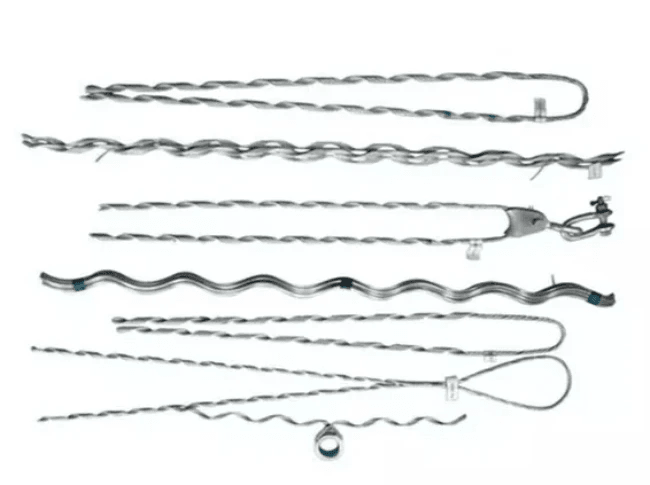
The price can vary significantly based on several factors, including the material used, design complexity, and brand reputation. On average, you might expect to pay anywhere from $50 to $150 per unit for quality dead end clamps.
How Much is a Dead End Clamp?
The question How much is a dead end clamp? doesn't have a one-size-fits-all answer. Prices range widely depending on specifications and features; for instance, aluminum clamps may be priced differently than their steel counterparts. Additionally, bulk purchases can sometimes lead to discounts that make acquiring multiple dead end strain clamps more economical.
Factors Affecting Pricing
Several factors influence the pricing of dead end clamps beyond just material choice. Manufacturing processes play a crucial role; more intricate designs or those that require advanced technology will typically cost more. Furthermore, market demand and supply chain dynamics can also affect prices—if there’s a surge in demand for power line accessories, you might see an increase in costs across the board.
Comparison of Price Among Different Brands
When comparing prices among different brands of dead end strain clamps, it's essential to consider not just the sticker price but also the quality and warranty offered by each manufacturer. Some brands may provide lower initial costs but lack durability or performance guarantees that could lead you back to the store sooner than expected. Therefore, while it’s tempting to go for the cheapest option available when asking What is a dead-end clamp? make sure you're also factoring in long-term value and reliability.
Importance of Quality in Electrical Equipment
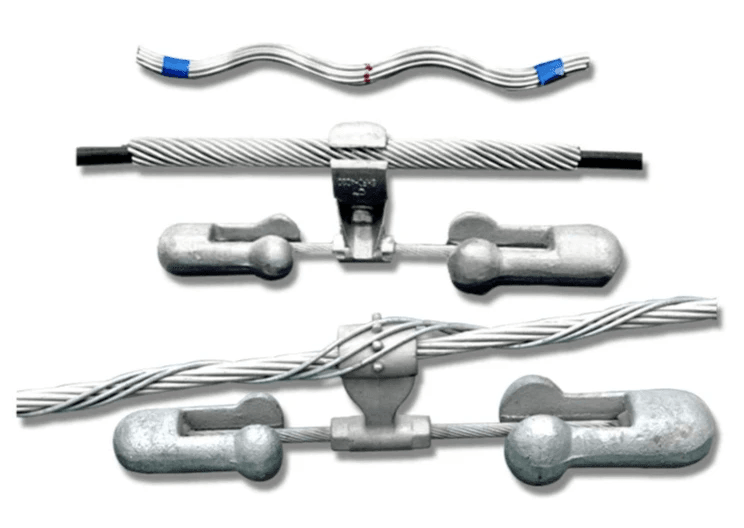
Why Choose Spark Fittings for Your Needs
Spark Fittings has established itself as a trusted name in the industry for several reasons. Their dead end strain clamps are engineered with precision and durability in mind, ensuring they withstand the rigors of outdoor environments. When you ask yourself, What is a dead-end clamp? Spark Fittings provides not only answers but also solutions that enhance your project's reliability.
In addition to their robust construction, Spark Fittings offers excellent customer service and technical support. This means that if you ever find yourself wondering how much is a dead end clamp? or what specific features you need for your application, their team is ready to assist you. Opting for Spark Fittings means you're investing in quality products designed to meet the highest standards.
Benefits of High-Quality Bolted Dead End Clamps
High-quality bolted dead end clamps provide numerous advantages that go beyond mere functionality. First and foremost, they ensure optimal performance by securely anchoring conductors at the ends of power lines without compromising safety or structural integrity. This reliability helps prevent potential failures that could lead to costly outages or hazardous situations.
Moreover, using superior materials reduces wear and tear over time—saving you from frequent replacements and maintenance costs associated with inferior products. When considering what is a strain clamp?, remember that these high-quality components contribute significantly to overall system efficiency by minimizing energy loss due to poor connections or mechanical failure.
Lastly, investing in top-notch equipment like bolted dead end clamps enhances safety measures across your electrical infrastructure. As we know all too well in this industry: when it comes to electricity, cutting corners can lead to dire consequences.
Consequences of Using Inferior Products
The repercussions of choosing inferior products can be severe—both financially and operationally. Low-quality dead end strain clamps may fail prematurely under stress or adverse weather conditions leading to unplanned outages or even catastrophic failures on power lines. These incidents not only disrupt service but also pose significant risks to public safety.
Additionally, using subpar equipment often results in increased maintenance costs due to frequent repairs or replacements needed over time—the very opposite of what any project manager desires! If you've ever wondered how much is a dead end clamp? consider the hidden costs associated with cheap alternatives; they could far exceed your initial savings.
Finally, utilizing inferior products can damage your reputation as an installer or contractor within the electrical community—a risk no one wants to take lightly! Quality matters; it's essential not just for compliance but also for fostering trust among clients who rely on safe and efficient electrical systems.
Tension Clamps and Their Uses
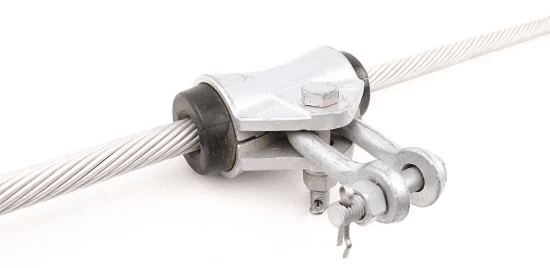
When it comes to the world of electrical infrastructure, tension clamps play a pivotal role in maintaining the integrity and safety of power lines. These specialized components are designed to secure conductors while accommodating the mechanical stresses that arise during operation. Essentially, they help ensure that everything stays in place, preventing sagging or unwanted movement that could lead to power outages or hazards.
What is a Tension Clamp Used for?
So, what is a tension clamp used for? In simple terms, tension clamps are utilized to connect and support overhead conductors within power distribution systems. They are particularly effective in managing tension forces that occur due to wind load, thermal expansion, and other dynamic factors impacting the cables. By providing a reliable connection point, these clamps work hand-in-hand with dead end strain clamps to ensure optimal performance of electrical lines.
Situations Requiring Tension Clamps
There are various situations requiring tension clamps across different types of installations. For instance, when installing new transmission lines or reinforcing existing ones, these clamps become essential for maintaining proper cable tension and alignment. Additionally, they are crucial during extreme weather conditions where wind loads can significantly affect cable stability—ensuring safety and reliability in your electrical grid.
Connection to Dead End Strain Clamps
Now let’s talk about how tension clamps connect with dead end strain clamps—a relationship as vital as peanut butter and jelly! Dead end strain clamps provide anchoring points at the ends of spans where cables terminate or change direction while handling substantial tensile forces. Tension clamps complement this by managing the ongoing stress along the length of the line—together forming a cohesive system that enhances overall performance and durability.
Conclusion
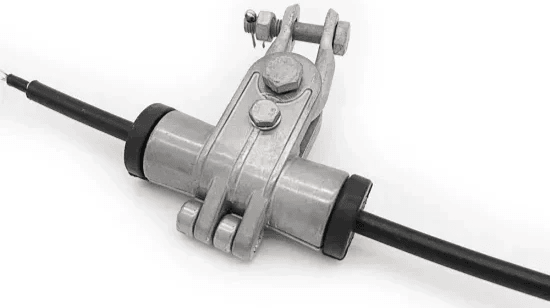
In wrapping up our exploration of dead end strain clamps, it’s clear that these components play a crucial role in the integrity and safety of power lines. Understanding what is a dead-end clamp? and how it compares to other fittings can significantly impact your project's success. Moreover, knowing how much is a dead end clamp? can help you make informed decisions without compromising on quality.
Key Takeaways on Dead End Strain Clamps
Dead end strain clamps are essential for securing conductors at the ends of power lines, ensuring they withstand tension and environmental stressors. When considering what is a strain clamp?, remember that while both serve vital roles in electrical systems, their functions differ—dead end clamps focus on anchoring while strain clamps manage tension throughout the line. By investing in high-quality dead end strain clamps, you're not just buying hardware; you’re ensuring the long-term reliability of your electrical infrastructure.
The Vital Role of Quality in Electrical Safety
Quality cannot be overstated when it comes to electrical accessories like dead end strain clamps. Using inferior products can lead to catastrophic failures, posing risks not only to infrastructure but also to public safety. Thus, understanding what is a dead-end clamp? and recognizing its importance will guide you toward making better choices that prioritize safety over cost-cutting measures.
Choosing the Right Clamp for Your Project
When selecting the right clamp for your project, consider the specific requirements such as load capacity and environmental conditions—this applies equally whether you're asking what is a tension clamp used for? or how much is a dead end clamp? Researching different brands and models will help you find options that meet your needs without sacrificing quality or performance. Ultimately, making an informed decision will ensure that your installation stands strong against time and nature.

